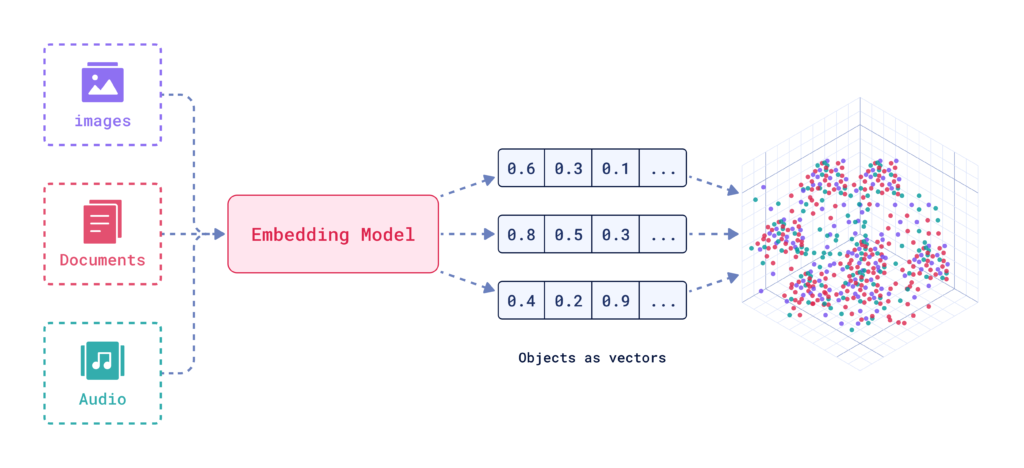
Faceted Search
Faceted search is an advanced technique that allows users to refine and navigate large volumes of data by applying multiple filters based on predefined categori...
Heuristics in AI use rules of thumb and domain knowledge to provide fast, satisfactory solutions for complex problems, optimizing decision-making and efficiency.
Heuristics do not guarantee optimal solutions but aim to find satisfactory solutions swiftly. Heuristics leverage available information and experiential knowledge, utilizing rules of thumb to guide search processes and prioritize likely successful paths.
Heuristics work by simplifying complex search problems, allowing algorithms to focus on promising solutions without considering every possibility. This is achieved through heuristic functions, which estimate the costs or values of different states. These functions are fundamental to informed search algorithms like A* and Best-First Search, directing the search towards paths that appear more promising by providing heuristic estimates of the cost from the current state to the goal state.
Heuristic search algorithms possess key properties that distinguish them:
Heuristic search techniques can be broadly categorized into:
Heuristics are applied across various AI domains:
The A* algorithm combines heuristic and cost functions to find optimal paths from a start state to a goal state. It uses a heuristic function (h(n)) to estimate the cost from the current state to the goal and a cost function (g(n)) representing the cost from the start node to the current node. The total estimated cost (f(n) = g(n) + h(n)) guides the search.
Hill Climbing is an optimization algorithm that iteratively explores neighboring states, selecting the state that improves the objective function the most. A heuristic function (h(n)) evaluates neighboring states’ quality, guiding the algorithm towards an optimal or near-optimal solution.
Effective heuristic functions leverage domain knowledge, simplify the problem (relaxation), and use pattern databases. The challenge is balancing admissibility and informativeness; admissible heuristics ensure optimal solutions, while informative heuristics provide more accurate cost estimates, potentially sacrificing optimality for efficiency.
In AI automation and chatbots, heuristics optimize decision-making processes, such as identifying user intents and selecting relevant responses. They help prioritize tasks, manage resources, and provide personalized user experiences by rapidly evaluating and adapting to user inputs.
Heuristics in AI are strategic methods or approaches employed to solve problems faster when classic methods are too slow or fail to find any exact solution. Heuristics play a crucial role in AI by enabling systems to make decisions and solve complex problems efficiently. Below are summaries of relevant scientific papers that delve into various aspects of heuristics in AI:
Synergizing Human-AI Agency: A Guide of 23 Heuristics for Service Co-Creation with LLM-Based Agents (2023)
This empirical study examines the integration of Large Language Models (LLMs) into human workflows. The authors, Qingxiao Zheng et al., investigate the mutual learning journey of non-AI experts and AI using a service co-creation tool. The study identifies 23 actionable heuristics for service co-creation with AI and underscores the shared responsibilities between humans and AI. The findings highlight essentials like ownership and fair treatment, paving the way for ethical human-AI co-creation.
Read more
Heuristic Reasoning in AI: Instrumental Use and Mimetic Absorption (2024)
Anirban Mukherjee and Hannah Hanwen Chang propose a novel framework of heuristic reasoning, differentiating between ‘instrumental’ and ‘mimetic absorption’ use of heuristics. The paper explores trade-offs between accuracy and effort in AI processing, revealing how AIs emulate human cognition principles. This study provides insights into AI’s adaptive balancing of precision and efficiency, mirroring human cognitive processes.
Read more
Human heuristics for AI-generated language are flawed (2023)
This research by Maurice Jakesch et al. investigates human ability to discern AI-generated language in various contexts. The study finds that humans struggle to detect AI-generated self-presentations due to intuitive but flawed heuristics. The paper highlights concerns about deception and manipulation in AI language, emphasizing the need for improved detection methods.
Read more
Heuristics in AI are strategic methods or rules of thumb that provide practical, fast solutions to complex problems by simplifying search and decision-making processes, often at the cost of guaranteed optimality.
Heuristics guide search algorithms by estimating the cost or value of states, allowing algorithms like A* and Hill Climbing to focus on the most promising paths and solve problems more efficiently.
Heuristics are used in pathfinding (e.g., A* algorithm), game AI (e.g., chess evaluation), optimization problems (e.g., Traveling Salesman Problem), and AI automation like chatbots for intent recognition and decision-making.
An admissible heuristic never overestimates the cost to reach the goal, ensuring that search algorithms like A* can find optimal solutions when one exists.
Uninformed (blind) search methods like DFS and BFS do not use additional information about the goal, while informed (heuristic) search uses cost estimates to guide the search, improving efficiency and effectiveness.
Smart Chatbots and AI tools under one roof. Connect intuitive blocks to turn your ideas into automated Flows.
Faceted search is an advanced technique that allows users to refine and navigate large volumes of data by applying multiple filters based on predefined categori...
AI Search is a semantic or vector-based search methodology that uses machine learning models to understand the intent and contextual meaning behind search queri...
Information Retrieval leverages AI, NLP, and machine learning to efficiently and accurately retrieve data that meets user requirements. Foundational for web sea...
